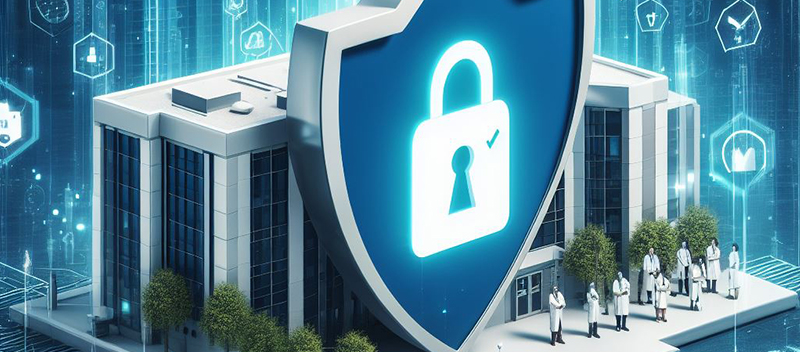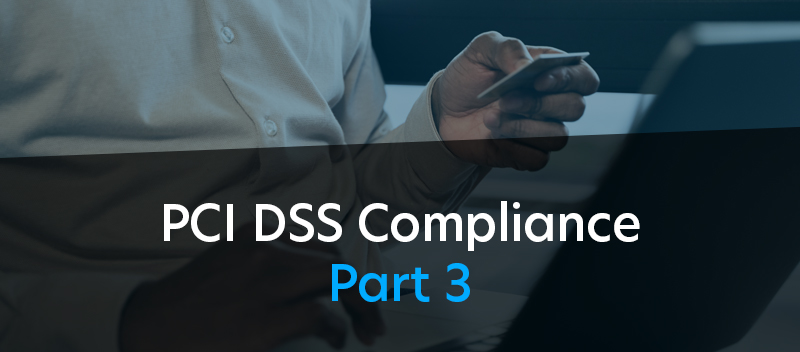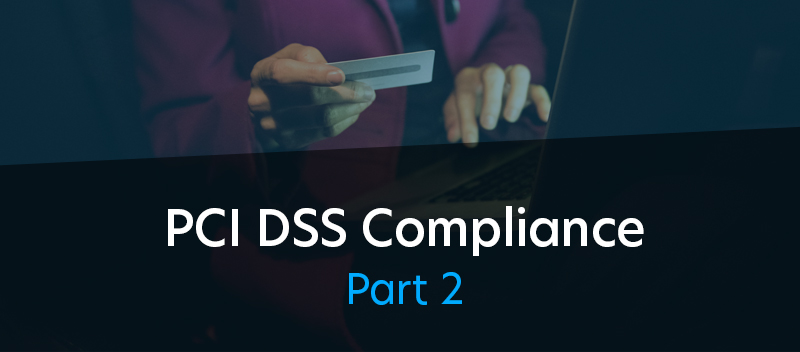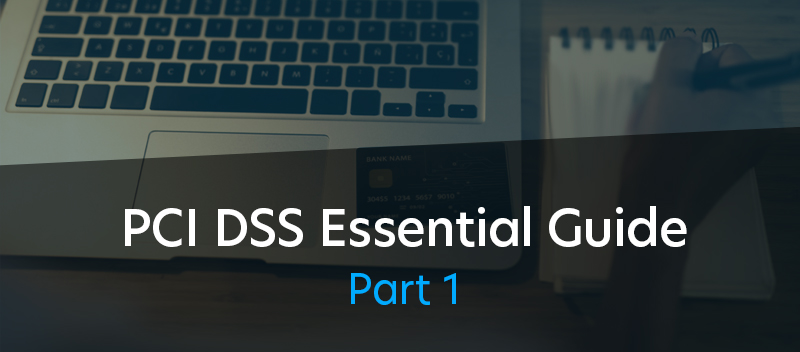Blog Unleashing the Power of SOC 2 Compliance in Healthcare
Unleashing the Power of SOC 2 Compliance in Healthcare

SOC 2 compliance perfectly meets a dire need in the healthcare industry. Like regular medical check-ups, a SOC 2 audit enables companies to acquire an objective assessment of their cyber health, identify security gaps, address weaknesses, and build resilience.
Being a critical infrastructure, the sector operates in the crosshairs of cybercrime and under the tight scrutiny of industry regulators. This makes the likelihood of incurring cyberattacks and violating a regulatory provision ever-present for healthcare companies. As has been happening repeatedly, either can easily lead to severe damage.
As the saying goes, prevention is better than cure. SOC 2 compliance is a proactive measure that helps healthcare companies identify and mitigate vulnerabilities — before they can be exploited by threat actors; or implode into regulatory penalties and expensive lawsuits.
This article presents the tremendous advantage healthcare organizations gain by undergoing regular SOC 2 audits to enhance security and build needle-moving confidence in their brand.
Rising Cyber Threats in Healthcare
Several factors motivate threat actors to target healthcare companies:
A. Healthcare organizations handle vast amounts of sensitive information. Medical records, social security numbers, credit card info, and other sensitive data can be sold on the dark web.
B. The industry has a broad attack surface. Cloud services, digital medical equipment, and tech-driven services such as telemedicine, online procurement, and e-prescription kiosks have introduced new security gaps and vulnerabilities malicious hackers can exploit.
C. Legacy systems still characterize a sizeable portion of the sector. While healthcare companies continue to undergo digital transformation, many of their IT systems remain outdated and lack adequate protection against sophisticated cyberattacks.
D. Many personnel in the healthcare sector lack security awareness training. This increases the success rates of phishing attacks and other social engineering tactics.
E. Hospitals and other life-critical entities will likely give in to the demands of ransomware gangs. To save human lives, hospitals cannot allow prolonged business disruptions and will likely pay the ransom — often amounting to millions of dollars — when their systems and data have been locked down by bad actors.
F. Healthcare’s status as a critical infrastructure makes it a target of state-sponsored entities and terrorists seeking to steal sensitive information, sabotage systems, make a statement, or sow chaos.
In addition to being frequently targeted by cybercriminals, healthcare companies also operate under the close scrutiny of government and industry regulators. As such, they are exposed to the risk of regulatory violations, some of which — such as privacy breaches — carry severe penalties and fines.
Overall, healthcare companies face a gloomy risk climate. Unless they reinforce their security posture with proactive measures and adhere to rigorous frameworks like SOC 2, the fallout from a successful breach would cause severe financial, operational, and/or reputational damage.
Here are some examples of such devastating cyber incidents in healthcare:
• Elevance Health — A phishing attack successfully breached the corporate database of a major health insurance company formerly named Anthem Inc. The breach exposed 79 million records containing employee and patient information, compelling Anthem to pay US$115 million to resolve the ensuing lawsuit.
• American Medical Collection Agency (AMCA) — AMCA is a debt collections agency whose database, containing patient data, was breached in 2018. Held liable for US$21 million in damages, AMCA filed for bankruptcy, citing fallout from the incident.
• Premera Blue Cross — A phishing email sent to a Premera employee led to a data breach involving 11 million patients in 2014. The insurance company paid around US$74 million to settle the ensuing class-action suit.
These examples demonstrate the need for tougher security controls. SOC 2 compliance provides a dependable method for healthcare organizations to detect vulnerabilities, identify security gaps, remediate weaknesses, and enhance overall resilience. Adhering to SOC 2 standards also helps healthcare businesses align with HIPAA and other mandated regulations.
SOC 2 Fundamentals
SOC 2 stands for System and Organization Controls 2, a widely recognized auditing framework that specifies how companies can safeguard their information systems. Developed by the American Institute of CPAs (AICPA), SOC 2 sets five main criteria against which a company’s internal controls can be validated through a rigorous audit. These trust services criteria (TSC) are security, availability, processing integrity, confidentiality, and privacy.
SOC 2 compliance entails a journey of many stages: scoping, gap analysis, remediation, testing, and reporting. While this journey is resource-intensive and can take many months to complete, acquiring a favorable SOC 2 report after the audit is always a worthy investment. In many industries including healthcare, SOC 2 reports help build customer trust, improve regulatory and security posture, and uncover market opportunities.
Unsurprisingly, a growing number of organizations now require SOC2 reports in sales engagement, business development, and investment proceedings. For healthcare organizations, SOC 2 compliance helps gain the confidence of patients and third-party providers alike, while also facilitating adherence to mandated standards such as HIPAA and HITECH.
SOC 2 Benefits for Healthcare Companies
Achieved after a rigorous audit, SOC 2 compliance delivers many advantages:
• Enhanced customer trust. Adherence to SOC 2 standards demonstrates due diligence and commitment to safeguarding sensitive information. This helps gain the confidence of customers, potential investors, and other stakeholders.
• Improved security posture. The SOC 2 process enables companies to identify, address vulnerabilities, and bolster overall security. This reduces the likelihood of data breaches, financial loss, legal liability, and reputational damage.
• Closer alignment with other regulatory standards. A vast majority of the controls and requirements set by SOC 2 coincide with those of many other compliance frameworks such as HITRUST, HIPAA, and PCI DSS. This makes it much easier to also comply with other industry standards and government regulations once your company already achieves and maintains SOC 2 compliance.
• Increased operational efficiency. The SOC 2 compliance process helps streamline your company’s security processes, reduce the likelihood of errors, and establish accountability across the organization.
• Competitive edge. SOC 2 compliance sets your company apart, especially with prospective customers or partners that demand strident security standards. In a competitive market, this differentiation can tip the balance between closed deals and lost opportunities. In a real sense, SOC 2 compliance can expand your market reach and make your brand more attractive by demonstrating your ability to safeguard customers’ data.
SOC 2 Roadmap for Healthcare Organizations
To achieve SOC 2 compliance, healthcare companies must undergo a rigorous audit process conducted by a qualified auditor. The auditor will assess your organization’s security controls, provide recommendations on how they can meet SOC 2 standards, and guide you through the following stages:
1. Scoping — determine which SOC 2 report type and trust services criteria to include in the report.
2. Gap Analysis — detect gaps in policies, procedures, configurations, documentation, and other aspects of your information system.
3. Remediation — address gaps by building and executing a remediation roadmap.
4. Readiness Assessment — verify whether your security controls are in place and functioning as intended.
5. Reporting — undergo a formal SOC 2 audit to evaluate your organization’s internal controls and produce a SOC 2 report with attestation of your compliance.
Best practices to accelerate your SOC 2 audit:
The following practices deliver a positive impact on audit outcomes:
• Invest in SOC 2 compliance early on. This saves time and money in the long run.
• Go for early audits. The road to full SOC 2 compliance can take many months to complete.
• Familiarize yourself with the framework and the specific control criteria relevant to your business.
• Establish a strong commitment from the C-suite.
• Consider the assurance requirements of key customers and stakeholders.
• Leverage technology. Use compliance software that can centralize, accelerate, and automate regulatory workflows.
• Partner only with trusted experts.
• Consider and act on the recommendations included by your auditor in the SOC 2 report.
• Maintain compliance. Regulatory frameworks and risk environments change over time. That makes SOC 2 an ongoing journey towards the continuous improvement of your security infrastructure.
Final Takeaway
Cybercriminals attack healthcare companies for many reasons. Some of those attacks have already led to data breaches that dealt serious financial and reputational damage. A few have led to bankruptcies.
Healthcare organizations can no longer procrastinate and leave security to chance. Smarter and more proactive security solutions — like managed detection and response (MDR) — can now provide comprehensive and sustained protection for your network and digital assets. Auditing frameworks like SOC 2 can drive continuous improvements in the internal controls that keep your resilience on par with the threat landscape.
Unleash your potential. Power up your business with trust-building SOC 2 credentials.
Schedule a call with an industry expert.




